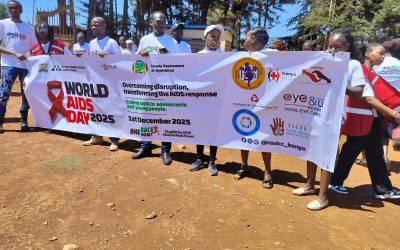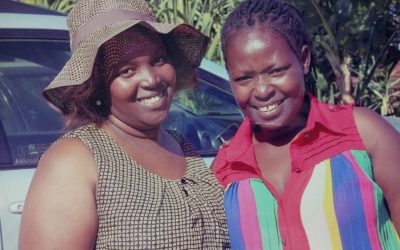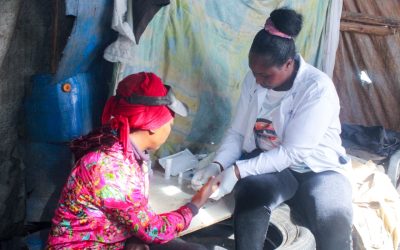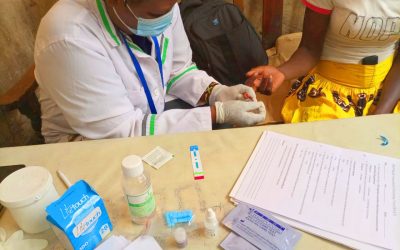Mercy Mutonyi is a champion of HIV prevention programming for female sex workers and vulnerable young women at Bar Hostess Empowerment and Support Program. A current AVAC advocacy fellow, Mercy has years of experience working for and with female sex workers and vulnerable women in Kenya.
At IAS 2019, she took over the UNICEF HIV Twitter account and spoke at a panel on gender transformative approaches for the HIV response. Here, she discusses key messages for from this year’s conference.
What do you think are the biggest lessons coming out of IAS 2019 for programmes and policy makers?
There were two key points that I hope policy makers and others take from IAS:
Community engagement cannot be an afterthought. Often, communities are left out when it comes to HIV prevention research and designing prevention tools. IAS 2019 strongly reinforced the role of the community in HIV science. Voices of young people, women living with HIV, female sex workers and other vulnerable population counts when it comes to designing HIV prevention and treatment approaches.
Integrated approaches are what works and what communities need. Following the release of ECHO study results, the discussion clearly highlighted the need for integrated approaches in HIV response and specifically, to not leave out the sexual and reproductive health (SRH) needs of those vulnerable to HIV. Many studies emphasized clearly that HIV prevention is beyond just biomedical interventions. Young people and vulnerable populations need a mix of structural, behavioral and biomedical interventions — not just one component. For example, I will need to feel safe as a young person to access and utilize available interventions.
Do you think the research presented meets the needs of young people at risk of or living with HIV? What is missing?
Over the decades researchers and scientists have made many efforts to design HIV prevention solutions for vulnerable populations. But for any intervention to be acceptable among our communities, they need to speak to our needs — this can only be done through more involvement of targeted people in designing these interventions, beyond just being research participants. We know what will work for us and what won’t work for us. This lesson was often discussed at the conference and need to continue to be raised.
Also, we need to look at interventions as options because not everyone has the same needs. What one person in one specific situation prefers is perhaps not what another prefers or needs, and prescriptive programmes that lack flexibility and not present an array of options makes us less likely to be able to adhere. We also need to be presented with adequate information from the beginning for interventions in the pipeline and those that are being implemented. A lot of times, we receive conflicting messages or scares like the dolutegravir study – clarity in language and communication is still missing.
Lastly, policies are a barrier to accessing HIV prevention intervention. This includes policies around age of consent for services for young people as well as around stigma and discrimination against key populations. The newest developments in HIV research will mean nothing on the ground if policies are still a barrier to access them.
What makes you most hopeful about the current HIV response and conversations about the future for research, policy, and programming?
As a young person, there is much to be hopeful about in current and future HIV research and programming. I see vulnerable populations in the center of shaping HIV prevention and treatment because their opinions, voices, and ideas matter—today and tomorrow. I see a future where HIV prevention and treatment are not perceived as cumbersome, expensive and with limited options.
I am also hopeful for friendly policies that do not prevent vulnerable populations such as including young women and female sex workers from accessing HIV prevention services and young people living with HIV from accessing needed treatment and care.






